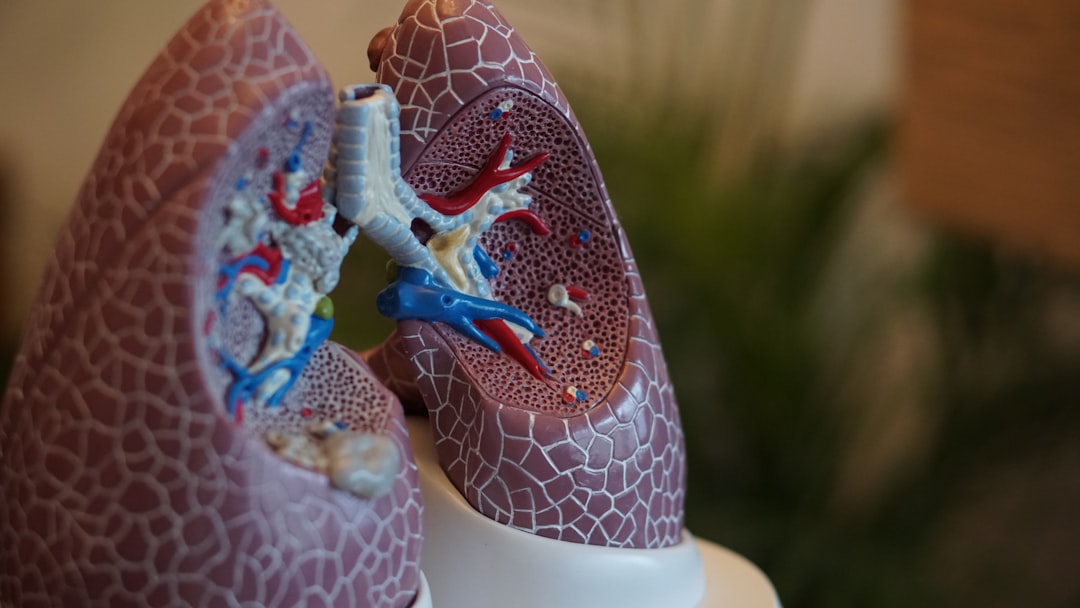What is it about?
We know that cancer patients with low socioeconomic status (SES) experience worse survival than patients with higher SES. We wanted to understand in allogeneic hematopoietic cell transplantation (bone marrow transplant), where immune cells from a donor are given to a cancer patient to replace their immune system, whether the SES of the donor impacted recipient (cancer patient) outcomes. This study showed, for the first time to our knowledge, that donor SES is associated with cancer outcomes.
Featured Image

Photo by bennett tobias on Unsplash
Why is it important?
Cancer patients that were transplanted with cells from donors of greatest socioeconomic disadvantage experienced a 9.7% reduction in overall survival and 6.6% increase in transplant related mortality at 3 years compared to those transplanted from donors of high socioeconomic status, regardless of the cancer patients' own socioeconomic status. Our results show the striking biological impact of social disadvantage and how it can alter health outcomes, specifically in the setting of cancer and hematopoietic cell transplantation. Further research is needed to understand the specific molecular mechanisms underlying these health disparities so interventions can be developed to mitigate the adverse health outcomes introduced by socioeconomic disadvantage.
Perspectives
Our findings are quite remarkable. We have shown that social disadvantage penetrates so deeply, that it is actually transplantable into a new host and its effects persist over time. The importance of these findings reach far beyond cancer and bone marrow transplant care--they demonstrate the profound health effects of social inequality and highlight the critical need for public health interventions.
Lucie Turcotte
University of Minnesota Twin Cities
Read the Original
This page is a summary of: The health risk of social disadvantage is transplantable into a new host, Proceedings of the National Academy of Sciences, July 2024, Proceedings of the National Academy of Sciences,
DOI: 10.1073/pnas.2404108121.
You can read the full text:
Contributors
The following have contributed to this page










